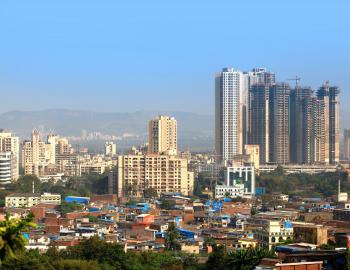INSIDE STORY: Transforming India into a solar power
INSIDE STORY: Transforming India into a solar power
India faces a soaring energy demand from its growing population of 1.1 billion and a rapidly expanding economy. India currently depends on coal and fossil fuels at a time when the pricing of international fossil fuels is highly volatile and domestic coal is running out. India’s energy goals are further complicated by its voluntary commitment to reduce the emissions intensity of its GDP by 20–25% by 2020.
India has launched the Jawaharlal Nehru National Solar Mission to address its intertwined challenges of energy security and climate change. The Mission aims to achieve grid parity (electricity delivered at the same cost and quality as that delivered on the grid) by 2020, by fostering the installation of 20 GW of solar installations. The Mission also aims to foster inclusive growth by empowering the most disadvantaged and remote communities to service their own energy needs using off-grid applications. This Inside Story, Transforming India into a solar power, looks at how early results show major successes in reducing solar tariffs, but suggest the need for improved initiatives to ensure long-term project sustainability, meet the needs of energy-poor people, attract international financing, and address potential environmental impacts of solar power.
Led by the Ministry of New and Renewable Energy, The Mission will proceed in three phases:
Phase 1 (2012–13) - smaller scale projects have been commissioned that employ only commercially established technologies in order to minimise risks and ensure early successes.
Phase 2 (2013–17) the size and capacity of solar installations will be aggressively expanded to a scale aimed at establishing India as a leader in the solar energy market.
Phase 3 (2017–22) will focus on creating favourable conditions for domestic solar manufacturing capability and leadership.



